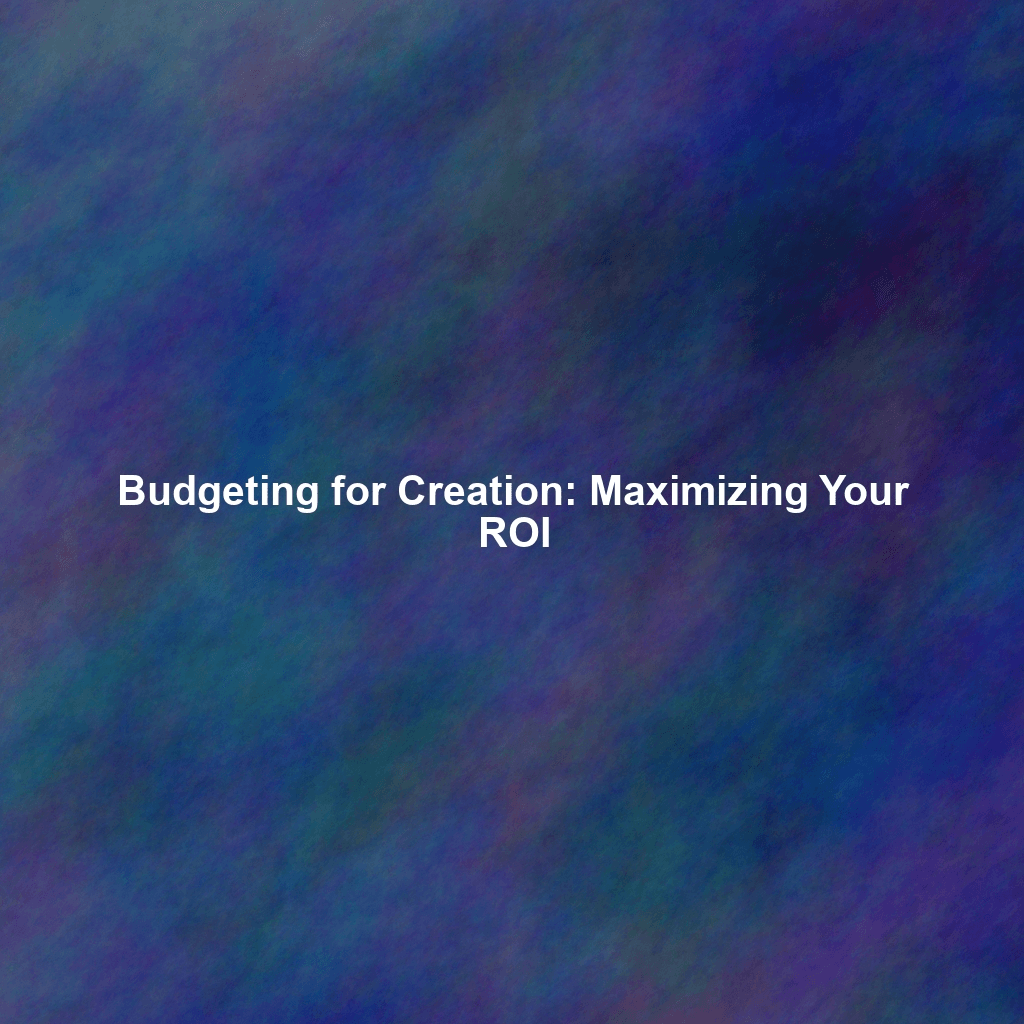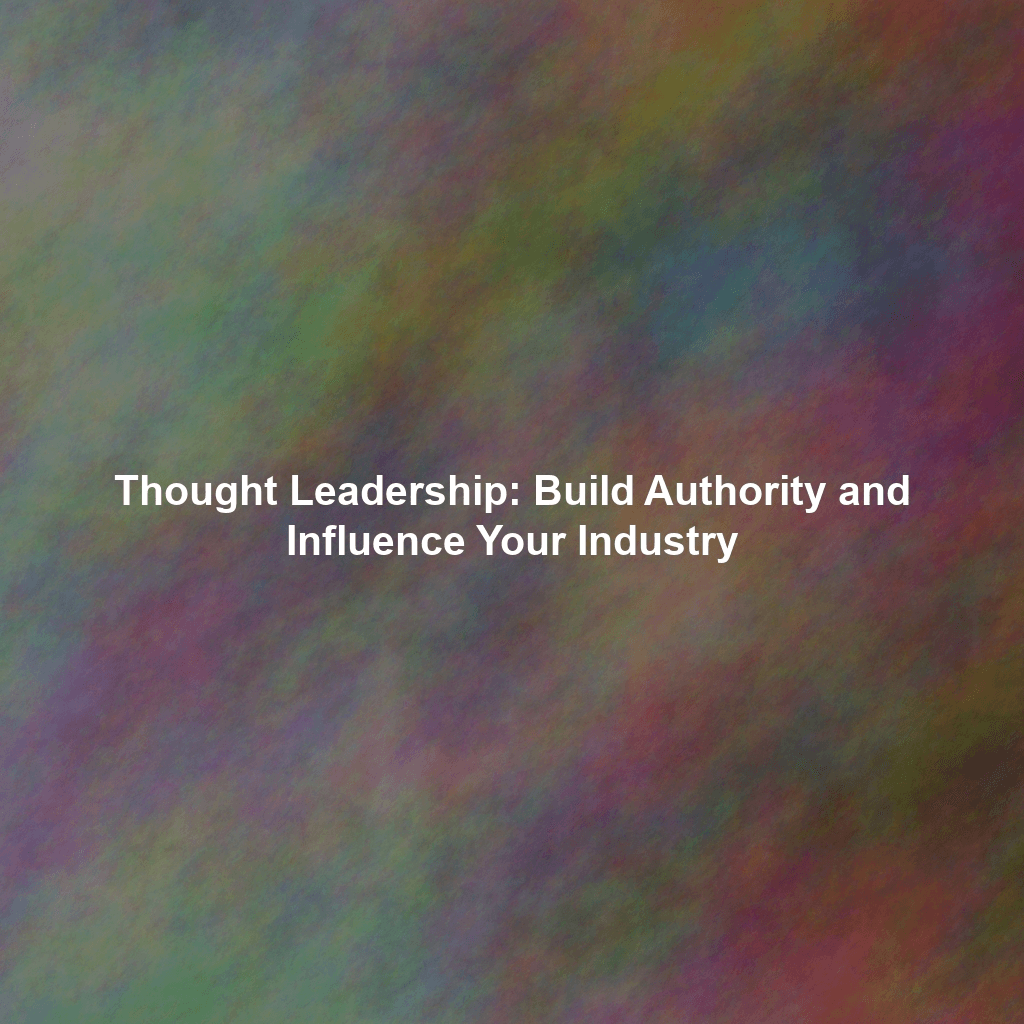Introduction: Crafting Content Without Crushing Your Budget
Understanding the Cost of Content: Breaking Down the Elements
Before you can effectively budget, you need a clear picture of what goes into the cost of creating content. It’s not simply about the words on the page or the visuals on the screen. Several key elements contribute to the overall expense, and understanding these individual components is vital for accurate budget planning.
The Content Creation Team: Internal vs. External
One of the first considerations is whether you’ll rely on an internal team, outsource to freelancers or agencies, or adopt a hybrid approach. Each option presents different cost implications.
- Internal Team: This involves salaries, benefits, training, and equipment for your content creators, editors, and designers. While offering more control and potentially fostering a deeper understanding of your brand, it can be a significant fixed cost.
- Freelancers: Hiring freelancers offers flexibility and access to specialized skills without the overhead of full-time employees. However, it requires more management and careful vetting to ensure quality and consistency.
- Agencies: Agencies provide comprehensive content creation services, often handling strategy, creation, distribution, and analysis. They can be more expensive than freelancers but offer expertise and resources that might not be available in-house.
Content Types: Videos, Articles, Infographics, and More
Different content formats have vastly different production costs. A short blog post will be considerably cheaper than a high-quality video. Consider the following cost drivers for various content types:
- Written Content (Blog posts, articles, ebooks): Costs are primarily driven by writer fees, editing, and proofreading.
- Visual Content (Infographics, illustrations): Design costs, stock image licenses, and the complexity of the visuals will impact the budget.
- Video Content: Production costs include scriptwriting, filming, editing, actors (if needed), equipment rental, and music licensing. This is often the most expensive content type.
- Audio Content (Podcasts): Costs involve recording equipment, editing, music licensing, hosting, and potentially voiceover talent.
Software and Tools: Investing in Efficiency
Content creation relies on a range of software and tools, from writing and editing platforms to design software and project management systems. Factor in the costs of subscriptions or one-time purchases for:
- Writing and Editing Tools: Grammarly, ProWritingAid, Hemingway Editor.
- Design Software: Adobe Creative Suite, Canva, Sketch.
- Project Management Software: Asana, Trello, Monday.com.
- SEO Tools: SEMrush, Ahrefs, Moz.
- Social Media Management Tools: Hootsuite, Buffer, Sprout Social.
Distribution and Promotion: Reaching Your Audience
Creating amazing content is only half the battle. You need to get it in front of your target audience. Budget for distribution and promotion efforts, which can include:
- Social Media Advertising: Facebook Ads, LinkedIn Ads, Twitter Ads, etc.
- Search Engine Optimization (SEO): On-page and off-page optimization efforts, link building.
- Email Marketing: Email marketing software, list building efforts.
- Paid Content Syndication: Platforms like Outbrain and Taboola.
- Influencer Marketing: Partnerships with relevant influencers.
Building Your Content Budget: A Step-by-Step Guide
Now that you understand the cost elements, let’s outline a step-by-step approach to building a realistic and effective content marketing budget.
1. Define Your Content Marketing Goals: What Are You Trying to Achieve?
Start by clearly defining your objectives. What do you want to accomplish with your content marketing efforts? Common goals include:
- Brand Awareness: Increasing visibility and recognition of your brand.
- Lead Generation: Attracting potential customers and capturing their contact information.
- Sales: Driving direct sales of your products or services.
- Customer Engagement: Building relationships with your existing customers.
- Website Traffic: Increasing the number of visitors to your website.
Your goals will directly influence the types of content you create and the channels you use to distribute it.
2. Identify Your Target Audience: Who Are You Trying to Reach?
Understanding your target audience is crucial for creating content that resonates. Develop detailed buyer personas that outline their demographics, interests, pain points, and online behavior. This will inform your content topics, tone, and distribution channels.
3. Conduct a Content Audit: What Content Do You Already Have?
Before creating new content, assess what you already have. A content audit will reveal gaps in your content library, identify high-performing assets that can be repurposed, and highlight outdated content that needs to be updated or removed.
4. Develop a Content Calendar: Plan Your Content Pipeline
A content calendar is a roadmap for your content creation efforts. It outlines the topics, formats, and publishing dates for your content. A well-structured calendar ensures a consistent flow of content and helps you stay organized.
5. Estimate Costs for Each Content Piece: Projecting Your Expenses
Based on your content calendar, estimate the cost of creating each piece of content. Consider the factors discussed earlier, such as the type of content, the resources required, and the distribution channels you’ll use. Be realistic and factor in potential unexpected expenses.
6. Allocate Resources: Prioritize Your Spending
Allocate your budget based on your goals, target audience, and content strategy. Prioritize content that is most likely to generate the highest ROI. Consider allocating a larger portion of your budget to content that aligns with your key objectives.
7. Track Your Results: Measuring Your ROI
Measuring your ROI is essential for understanding the effectiveness of your content marketing efforts. Track key metrics such as:
- Website Traffic: The number of visitors to your website.
- Lead Generation: The number of leads generated by your content.
- Sales: The revenue generated by your content marketing efforts.
- Social Media Engagement: Likes, shares, comments, and followers.
- Search Engine Rankings: The position of your website in search engine results pages (SERPs).
Use analytics tools like Google Analytics to track these metrics and identify areas for improvement.
8. Adjust Your Budget as Needed: Staying Agile
Content marketing is an iterative process. Regularly review your results and adjust your budget accordingly. If certain content types or distribution channels are not performing well, reallocate your resources to more effective strategies. Be prepared to adapt your budget as your needs evolve.
Strategies for Maximizing Your Content Marketing ROI
Beyond budgeting, several strategies can help you maximize your content marketing ROI.
Repurpose Content: Getting More Mileage From Your Assets
Repurposing content involves transforming existing content into new formats. For example, you can turn a blog post into an infographic, a video, or a podcast episode. This allows you to reach a wider audience and get more value from your existing content.
Focus on Evergreen Content: Building a Lasting Resource
Evergreen content is content that remains relevant and valuable over time. Creating evergreen content can drive consistent traffic and leads for years to come, providing a long-term return on your investment.
Optimize for SEO: Driving Organic Traffic
Search engine optimization (SEO) is crucial for driving organic traffic to your content. Optimize your content for relevant keywords, build high-quality backlinks, and ensure your website is mobile-friendly. A strong SEO strategy can significantly increase your content’s visibility and reach.
Promote Your Content: Reaching a Wider Audience
Don’t just create content and hope people will find it. Actively promote your content through social media, email marketing, and paid advertising. The more people who see your content, the greater your potential ROI.
Engage with Your Audience: Building Relationships
Content marketing is not just about creating and distributing content; it’s also about engaging with your audience. Respond to comments, answer questions, and build relationships with your followers. Engaged audiences are more likely to become loyal customers.
Common Budgeting Mistakes to Avoid
Even with careful planning, it’s easy to fall into common budgeting traps. Be aware of these pitfalls to avoid wasting money and maximize your ROI.
- Underestimating Costs: Be realistic about the true cost of content creation and distribution.
- Ignoring Content Audits: Not assessing existing content leads to duplication and missed opportunities.
- Failing to Track ROI: Without tracking, you can’t optimize your spending.
- Neglecting Promotion: Creating great content but failing to promote it is a waste of resources.
- Lack of a Clear Strategy: Without a strategy, your content efforts will be disjointed and ineffective.
Conclusion: Investing Wisely in Content Creation
Budgeting for content creation is a critical aspect of successful content marketing. By understanding the costs involved, setting clear goals, and tracking your results, you can maximize your ROI and ensure your content strategy drives sustainable growth. Remember to be flexible, adapt to changes in the market, and continually optimize your approach. With careful planning and execution, your content can be a powerful engine for attracting, engaging, and converting your target audience.
 Skip to content
Skip to content

